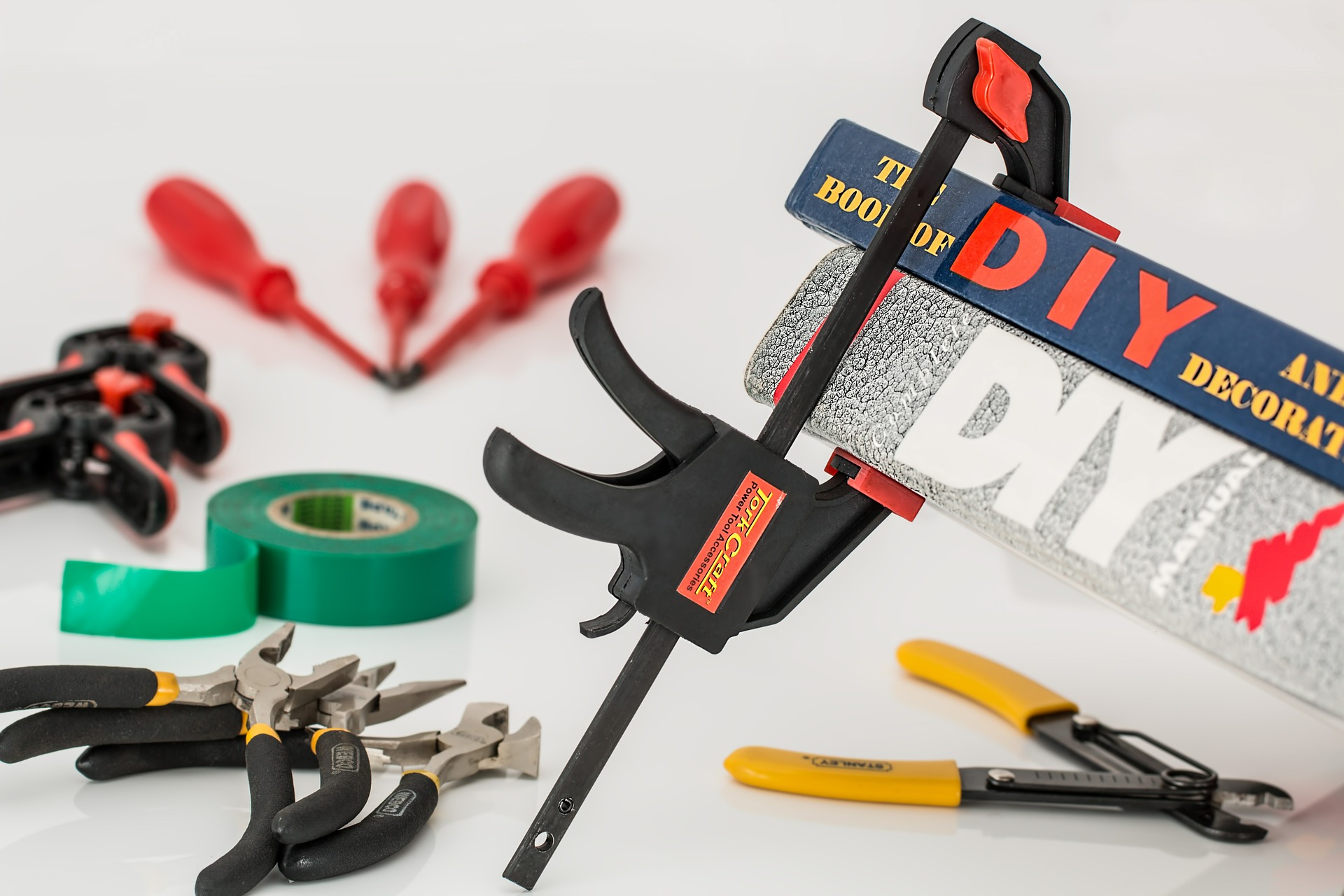
In today’s world, making your home more sustainable not only benefits the planet, but your
wallet too. Thanks to a range of smart living solutions, making your home more sustainable
has never been easier.
There are things you can do throughout your home to ensure better energy efficiency; good
insulation, LED lights, and prepaid meters. But there are also more specific things you can
do in each room to help you cut costs and be more eco-conscious. Choosing eco-friendly
materials and staying away from harmful toxins also help the planet, and our health.
In this guide we’ll talk you through the easily implemented changes you can make in each
room to make your home more sustainable.
The Living Room
● Turn off your electrical appliances when they are not being used. Your TV, stereo,
and game consoles all use electricity when left on standby, so turn it off at the wall or
unplug them. According to the Energy Saving Trust, this small action could save you
around £35 annually!
● By adding rugs and carpets to your living room, you can reduce the amount of energy
needed to heat your home. The materials adds some extra insulation and blocks
draughts.
● Invest in a woodburning stove. It can be pricey upfront but getting a wood burner
installed in your living room will save you heating costs in the long run. It’s also a
cosier aesthetic!
● Check that your lightbulbs and lamps have low watt usage. LED lighting is the most
energy-efficient and dimmer switches keep the power used for lighting at a minimum.
The Kitchen
● It might be time to upgrade your kitchen appliances. Washing machines,
dishwashers, fridges and freezers, kettles, and ovens have all become more energy
efficient in the last 10 years. Appliances must display their energy ratings by law. The
highest and best rating is A+++.
● Save energy when you cook; heat water in the kettle rather than on the stove, cover
your pots and pans with a lid to keep heat in, don’t put hot food straight into the fridge
or freezer, and keep opening the oven door to a minimum.
● Swap plastic containers and aluminum foil for beeswax cloths that wrap and seal
your food just the same!
The Bathroom
● Change your shower head. When you use an energy-efficient shower head you
reduce the amount of water you use. Consider a non-aerating showerhead that
works by forcing water through smaller holes.
● Some toilets come with different flushing options that use more or less water
depending on what you’re flushing. If you don’t already have a dual flush, consider a
converter. Save a flush bags are a quick and easy way to save water in your
bathroom.
● Limit shower time to save water. Talk to members of your household and agree on a
limit on how much time can be spent in the shower.
The Bedroom
● Use curtains and blinds. Ensuring the windows are covered helps to keep your
bedroom warm in the winter, and cool in the summer. This reduces the need for
heating and air conditioner units.
● It might be time to upgrade your windows. Make sure you have double-pane glass to
ensure warm air isn’t getting out, and cold air isn’t getting in.
● Unplug devices at bedtime. Your smartphone charger continues to draw electric
when plugged in. Most phones are usually fully charged in just a few hours and
keeping them charging unnecessarily harms the battery.
The Children’s Room
● Choose furniture that will last. Height-adjustable desks will grow with your child and
wooden bed frames are more durable and eco-friendly.
● Ensure that products are free of harmful substances that can hurt your child and the
planet. Toys made from PCV and wood that hasn’t been treated or waxed with
environmentally friendly varnish can be a health hazard.
● Carpets made from natural materials such as cotton, linen or virgin wool are more
sustainable than polyester and help with insulating the room.

